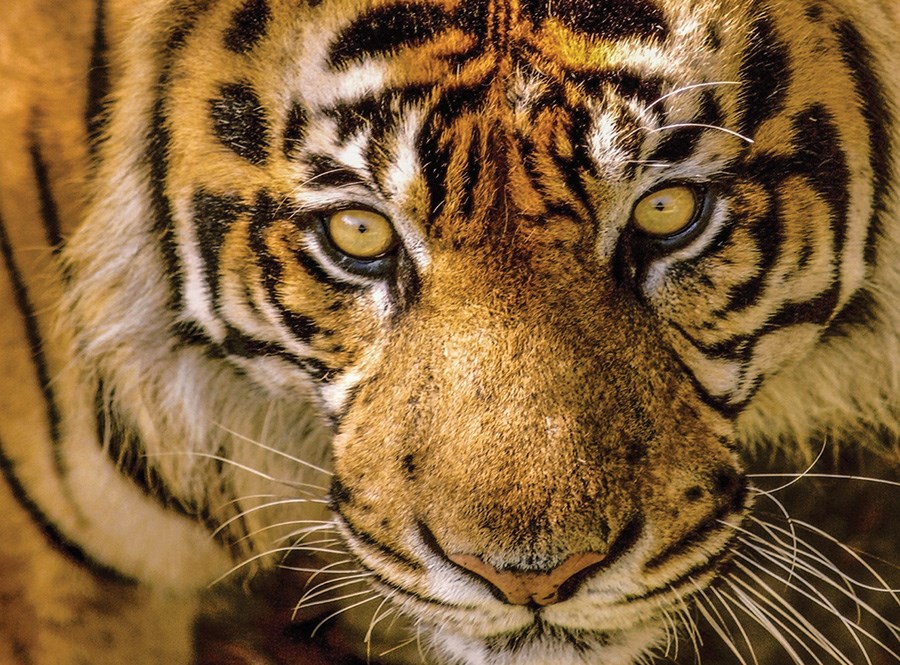CNW - Wild cats are fascinating creatures, from afar. But according to a new survey, more than 3,600 lions and tigers are estimated to be kept as pets in Canada. In fact, 1.4 million exotic pets are estimated to exist in the country including Burmese pythons and African grey parrots.
These new data show a harsh reality for exotic animals facing a life in captivity. And it's all legal. For example, if you’re in Ontario, your neighbour could have a tiger and you may not even know it.
World Animal Day, Oct. 4, was chosen as the official day to bring attention to a new report from World Animal Protection called “Risky Businessm” the first review of the exotic pet trade in Canada. These data are a projection based on extrapolating a nationally representative survey of 21,382 Canadians conducted by Northstar.
Exotic animals can pose considerable risk to their owners and communities. Many exotic pets have escaped from their enclosures and caused serious harm and even death. Snakes have killed people and wild cats have mauled people to death. Without proper laws, these incidents will continue to happen. Therefore, World Animal Protection is also launching a public action today, calling on provincial governments to pass stronger regulations. The laws on owning exotic pets vary from province to province, but none of them are strong enough. The public can also do its part by writing to their Ministers responsible for wild animal ownership.
The number of exotic pets also varies between provinces, with Ontario having the highest number at 588,652 wild animals kept as pets and the Atlantic provinces with the lowest at 73,534. The most popular pets overall were exotic birds at 478,648 nation-wide.
And while most owners mean well and love their pets, a life in captivity is no life at all. These animals are not able to roam, slither or fly as they would in the wild and are usually kept in cages.
“They often require a specific diet which owners may not be aware of. Wild animals have complex needs and can experience great discomfort, stress and fear when these needs are not met. Wild birds such as parrots will pluck their feathers out, a telltale sign of stressm” says Melissa Matlow, campaign director at World Animal Protection.
Exotic pets can also be a health risk to people. They can carry zoonotic diseases and children and seniors are even more at risk. In 2014 for example, Canada experienced an outbreak of Salmonellosis caused by reptiles.
Many of these exotic animals end up abandoned and released into the environment – becoming invasive species to the ecosystem. For example, red-eared slider turtles, a common exotic pet, are causing the disappearance of native turtles.
Animal shelters are also impacted because exotic pet owners surrender their animals there. World Animal Protection and Humane Canada did a survey of shelters across Canada and data show that shelters are being inundated with unwanted exotic pets. This past year B.C. alone had about 700 calls in relation to exotic animals. Shelters are already facing challenges just dealing with domesticated animals and many exotic ones (18%) have to be put down because it is taking too long to rehome them. The survey also shows that 36% of exotic animals received were due to the owner surrendering the animal, 29% were strays and 15% were due to animals being taken from owners due to welfare concerns.
Wild animals bought and sold as pets are at a severe risk and we must do what we can to help these vulnerable animals or they will continue to be exploited.
About World Animal Protection – From offices around the world, including Australia, Brazil, Canada, China, India, Kenya, the Netherlands, US and the UK we move the world to protect animals. During 2018 we gave more than 3 billion animals better lives through our campaigns that focus on animals in the wild, animals in disasters, animals in communities and animals in farming.



